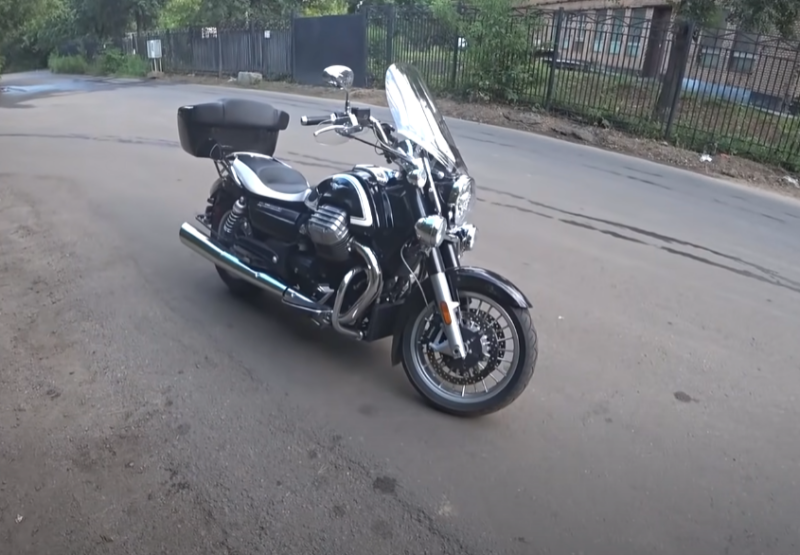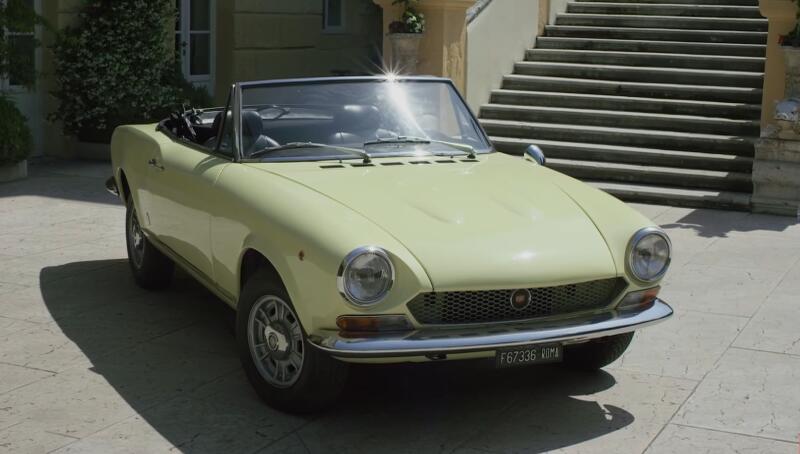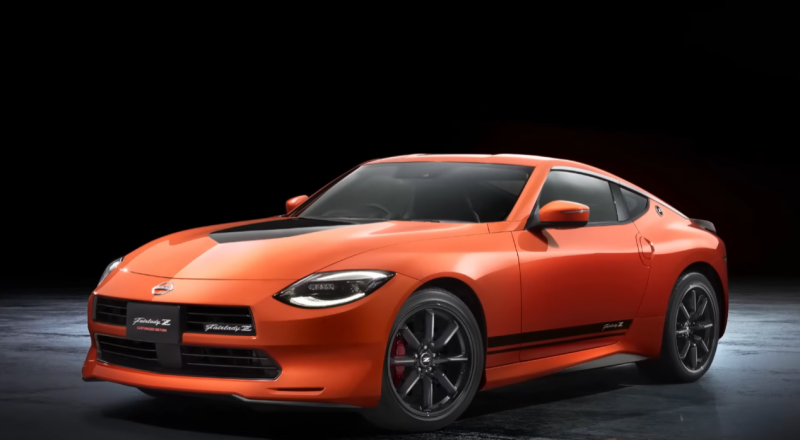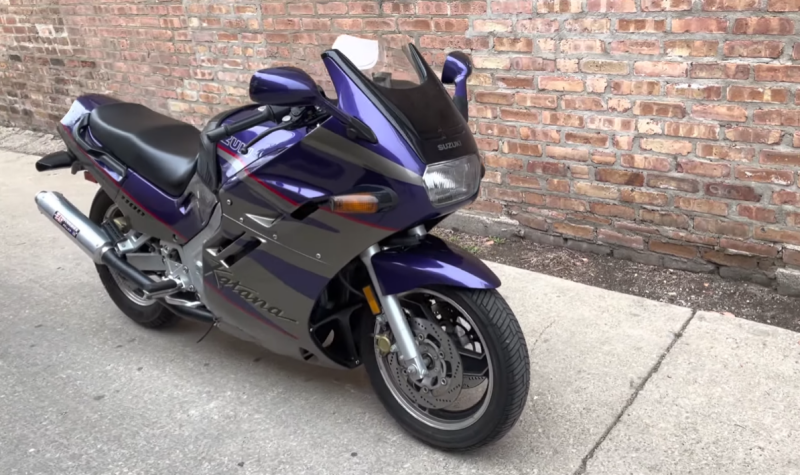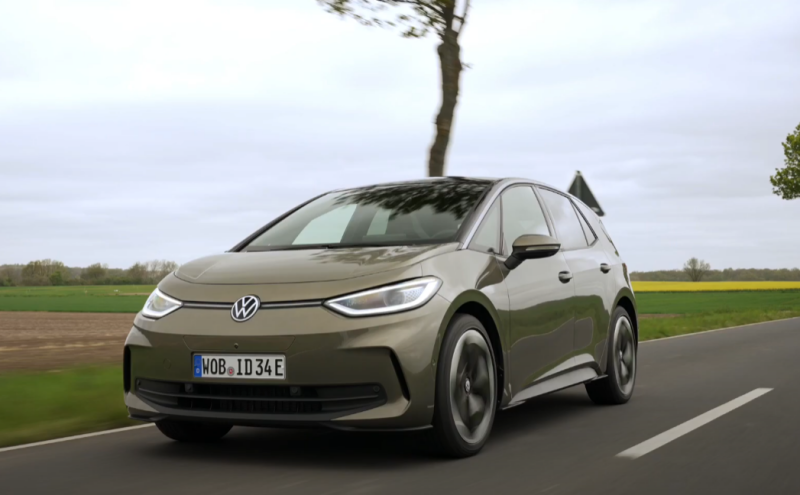 Electric car in winter. Photo: youtube.com
Electric car in winter. Photo: youtube.comDespite the fact that electrified transport is becoming more numerous, potential users still have doubts about its use. Many people refrain from buying an electric car due to certain prejudices and myths. The most pressing question for Russian motorists is how will a charged car behave in a harsh Russian winter? Let's figure out together what is a myth here, and what is true.
Features of operating an electric car in winter
Even the most ordinary car with an internal combustion engine requires special treatment with the onset of the first frost. Many drivers “dance” around their swallows every morning, begging them to start up. Some even carefully cover the motors with a warm blanket so that they can start, even if not on the first try.
 Electric cars in the cold. Photo: youtube.com
Electric cars in the cold. Photo: youtube.comIn this regard, electric vehicles have a significant advantage. Their engines start even in severe frost. Unlike internal combustion engines, the electric motor starts without problems without preheating. You can safely leave the car on the street at -30 ℃ for a day or more - the electric car starts anyway. EV engines don't have oil that can freeze in cold temperatures and interfere with early morning starts.
The only thing the owner should take care of is the battery charge.
The experience of operating zero-emission vehicles in some regions of Russia made it possible to make a number of recommendations for owners:
- ✦ Power reserve is reduced. This must be taken into account when planning the route. Most of the batteries that are used in the configuration of electric vehicles lose their capacity in cold weather. Also, the power reserve is reduced due to the included heating of the seats and the stove.
- ✦ In winter, you should constantly monitor the percentage of charging. If the battery is completely discharged, the battery at low temperatures will not be able to begin to receive a charge from the power source. This means that the electric car will not be able to start. Therefore, you will first have to evacuate the car to a warm room, where the battery will warm up a little in natural conditions.
- ✦ Regular inspection. It is clear that any car needs regular attention from its owner. But with the operation of electric vehicles in winter, a slightly different story. Owners should pay attention to the battery life and range of their EV as often as possible.
- ✦ Storage location. Like it or not, any vehicle feels much better when it sleeps in a warm garage. Even an unheated room allows you to maintain the optimum temperature for battery operation. Accordingly, there will be no problems with starting the engine.
According to official data, about 60% of Nissan electric vehicles in Russia are operated in the Far East and Siberia. This means that their owners do not face the problems of using charged cars in the harsh Russian winter.
 Electric car in winter. Photo: youtube.com
Electric car in winter. Photo: youtube.comCharged cars are afraid of water
We all know what happens when you pour a glass of water into an outlet. Electrical appliances are afraid of moisture. Is this judgment justified in relation to "green" transport? It is unlikely - "trains" are not afraid of rain and snow. Motors, batteries and other important elements are reliably protected from moisture ingress. Moreover, the bodies of electric vehicles are assembled from innovative materials that are resistant to corrosion.
 Charged cars in winter. Photo: youtube.com
Charged cars in winter. Photo: youtube.comHow does an electric car work in cold weather?
The most delicate place in electric vehicles in winter is the battery. To understand why, consider the features of modern batteries that are equipped with electric trains:
- ✦ comfortable temperature range for work: from -20℃ to +60℃
- ✦ Batteries cannot be charged with negative thermometer readings
- ✦ The battery can be stored at -40℃, but it must be warmed up to -20℃ for effective operation
What does it mean? At -20℃, a significant percentage of the charge is spent on warming up the battery. This is already minus 40% of the power reserve. It should also be taken into account that in cold weather, when connected to a power source, the electric car will first warm up the battery, and only after that it will start charging it. Therefore, in winter, it takes more time to replenish the capacity.
 Electric car in Russia in winter. Photo: youtube.com
Electric car in Russia in winter. Photo: youtube.comIs it possible to increase the power reserve
Can. Moreover, these are quite effective ways to optimize the performance of the EV. We draw your attention to life hacks that will allow you to increase the power reserve of a charged car in winter:
- ✦ Turn on interior heating while the electric vehicle is connected to charging. Most EV models have a remote control feature. You can turn on the interior heating 20-30 minutes before the expected start. In this case, the car will receive energy for interior heating from the socket, and not from the battery.
- ✦ Do not operate the stove - turn on only heated seats and steering wheel. Many owners of electric trains have noticed that local heating consumes less energy than a working stove. At the same time, the temperature in the cabin becomes comfortable even in this case.
- ✦ Dress for the weather. Warm winter boots, a hat, gloves and good thermal underwear allow you to spend less energy on heating the cabin.
- ✦ Choose your place in the sun. No, this is not about solar panels, but about ordinary ultraviolet rays. Try to park your electric car in sunny weather, not in the shade. Even the winter sun can warm up the battery and the EV itself a little. Accordingly, this also saves energy.
- ✦ Some models have an ECO mode. It reduces the speed of the electric car, but at the same time saves battery power.
The complex use of these tips will make it easy to survive the harsh winter and save battery life.
 Electric vehicle charging. Photo: youtube.com
Electric vehicle charging. Photo: youtube.comOperation of electric vehicles in different countries
The global trend today indicates that European countries are more intensively refusing to use conventional cars with internal combustion engines. This is facilitated by the thrifty attitude of Europeans to nature, as well as the policy of the authorities, which motivates the population to purchase "green" transport.
Recently it became known that Norway is a leader in the use of zero-emission cars. The country's authorities said that by 2025 they will be able to completely abandon vehicles with internal combustion engines. And this is taking into account how harsh the climate of Norway is. Winters there are much milder than in Russia. But the air temperature is stable at minus levels. At night, the thermometers often drop below -20℃, and during the day they do not rise above -10℃.
 Operation of electric vehicles at sub-zero temperatures. Photo: youtube.com
Operation of electric vehicles at sub-zero temperatures. Photo: youtube.comThe situation is similar in China. In the northern regions of China, the average winter temperature is -10℃. Moreover, in the north-west of the state, the thermometers can drop to -30 ℃ already in mid-December. And this does not prevent China from maintaining its leading position in terms of the number of EVs used.
How are things in Russia?
In 2018, about two thousand units of electric vehicles were registered in the Russian Federation. At the beginning of this year, their number increased by almost 5 times. More and more domestic motorists are switching to "green" transport, despite common stereotypes.
 Electric car in winter. Photo: youtube.com
Electric car in winter. Photo: youtube.comIt may seem to someone that the majority of "electric trains" will travel through the southern regions of the country. However, as statistics show, the situation looks different. According to Autostat, from January to May of this year, about 20% of the total number of electric cars in Russia were sold in the Far East. And the share of the capital accounted for only 14% of registered cars.
The weather does not prevent residents of cold Vladivostok and harsh Khabarovsk from mastering modern modes of transport. This only confirms the inconsistency of the myth that electric vehicles are not adapted to operate in the harsh Russian winter.


